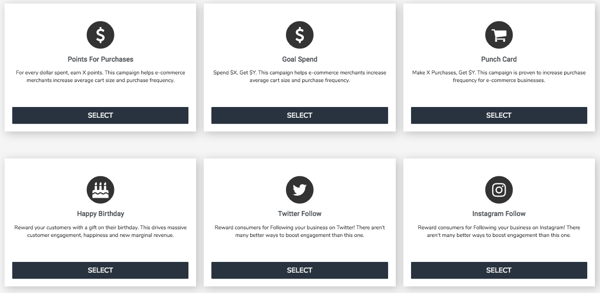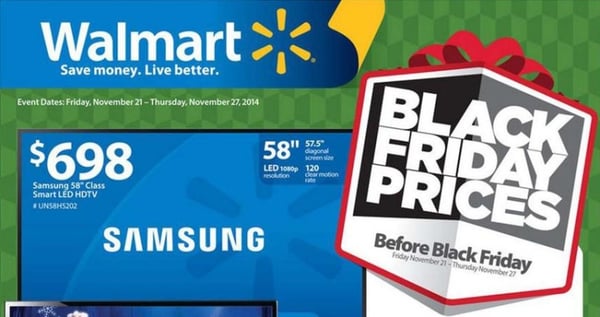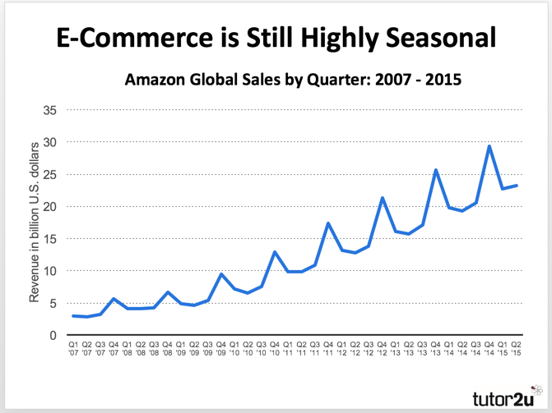Modern ecommerce stores collect troves of data on their customers looking to understand exactly what makes them unique and how to best serve them. This includes studying and understanding not only what your customers like to buy, but when they like to buy it. In fact, purchase timing is a largely overlooked metric with regard to customer lifetime value. Often, stores will focus on maximizing purchase frequency and average order volume without looking at the reasons behind the exact time a customer chooses to purchase a product or chooses not to purchase a product.
Are customers shopping around a particular holiday? Is there seasonality involved in the success of certain products? Do shoppers tend to visit your store at a particular time of day, but decide not to make a purchase? The bottom line here is that the promotion you’re running on a Monday in August is not going to be the most effective promotion you could be running on December 12th or on June 1st.
Even once you’ve started thinking more about the “when” of your customers’ buying habits, taking decisive action can be difficult. On the Swell blog we often talk about avoiding program staleness, but changing up your promotions regularly in an impactful way can be both time consuming and resource-intensive. Markets change and seasons shift so frequently that it can be difficult at times for small teams to execute on regular changes to their incentive marketing programs on top of their other day to day activities.

Introducing Campaign Scheduling
Enter Swell’s new Campaign Scheduling feature. With Campaign Scheduling, you can start being proactive with all aspects of your incentive marketing program. The complete power of Swell’s point-earning campaigns can now be customized and scheduled in advance based on your specific needs and deployed at a later date. This includes social media focused campaigns, spend-based campaigns, engagement-driving campaigns, and more. Map out your promotions and run time-sensitive campaigns to capitalize on the moments when your shoppers are most likely to be making purchasing decisions or need added incentives to complete the checkout process.
In the remainder of this blog post we’ll show you how to take advantage of this new feature and create a promotional calendar that drives revenue for your business.
Constructing a Successful Promotional Calendar
As we highlighted earlier, constructing a high-performing promotional calendar requires a focus on the “when” of the purchasing decisions your customers make. Using order data from your ecommerce platform, google analytics, or a similar customer-behavior focused software, study the past year or more of your performance.

Look for any significant spikes or drop-offs in sales. The timing and duration of these incidences will help inform what the right promotions for you to run are, and when you should be running them. We’ve found that these promotions achieve 3 primary objectives: eliminating low conversion periods, cultivating branding, and optimizing the impact of seasonality.
Eliminate Low Conversion Periods
One of the most understudied areas of ecommerce is what we like to call “low conversion periods”, or “LCPs”. As the name would suggest, these are periods of time when stores are seeing higher than normal levels of traffic, but don’t see an overall increase in revenue because conversions, for some non-permanent reason, have decreased. These can occur for a variety of reasons, but typically when your data reveals a systematic LCP you can quickly pinpoint its cause. Oftentimes, LCPs occur Friday afternoons when people are eager for the weekend to start or just before a major holiday when people are most likely to be browsing but not quite ready to make a purchase.
Once you’ve targeted when your LCPs occur, schedule campaigns that will offer an incentive big enough to push browsing shoppers over the top. A study from Deal Nerd showed that 54% of ecommerce shoppers expect to receive discounts around key holidays and other studies show that a large percentage of those shoppers search for similar discounts when they are looking to make non-holiday purchases as well. Give them what they’re searching for and they’ll return the favor by purchasing instead of simply browsing for leisure.
Cultivate Your Brand
Utilizing scheduled promotions can be a powerful way to create a clearly defined brand image. This occurs mostly through two methods:
Holiday Promotions: The times when you choose to offer promotions convey your values to your customers. For example, a store that runs a series of promotions surrounding veterans day will be likely to appeal to members of the armed services and their families. A business that runs arbor day promotions will start to establish rapport with environmentalists. Taking the time to schedule promotions surrounding all of the relevant holidays to your brand and your customers (not just the major ones) goes a long way to building your image!

Daily Specials: While daily specials give little to no insight into your values, they can be fun ways to engage with your customers and develop your identity. For example, running a regular Friday evening happy-hour promotion can be a great way to get customers coming back to your website regularly to check out what new offers you have on the table. These types of promotions humanize your brand, which in the world of ecommerce especially can make purchasing a much easier decision.
Seasonality: Amplify the Good and Mitigate the Bad
Most businesses understand the overall seasonality of their products. However, the ways in which seasonality impacts your business can be very subtle and require nuanced promotions to address them. For example, let’s consider the effect of seasonality on a store that sells durable backpacks. The primary seasonal factor for this business would be the start of the school year. Clearly, the most important seasonal promotion to schedule would be a type of double points campaign or BOGO (Buy 1 Get 1) style campaign to outcompete other backpack retailers around the start of the semester or school year.

The more nuanced task now is how to schedule promotions in advance that will combat the “off-season” for your brand. Continuing with our backpack example, there are a few different incentive marketing strategies you can utilize to re-generate interest in your products without having to create and market new product lines. Here are two of our favorite:
Flash sales: Flash sales are a tried and true method to attract attention. The key to running a successful flash sale is leveraging perceived value. Offering a high points-for-purchase multiplier for a short period of time can effectively bring shoppers back to your store at times when your brand would not be top of mind. It is important to set an expiration date for these points, which you can use to create urgency and encourage shoppers to make purchases in the off-season.
Engagement focused campaigns: Similar to the flash sales, launching an engagement focused campaign is a great way to keep your products in the minds of consumers either through a social media push or advertising a new promotional video. A well placed “read content” campaign can help you educate your customers about your business and simultaneously give you a chance to explain alternative uses for your products that drive off season purchases.
With campaign scheduling you can be more efficient with your time and create a promotional calendar that makes the most of your Incentive Marketing program. To start using campaign scheduling for your store, reach out to your Merchant Success Manager or request a demo on our website.



